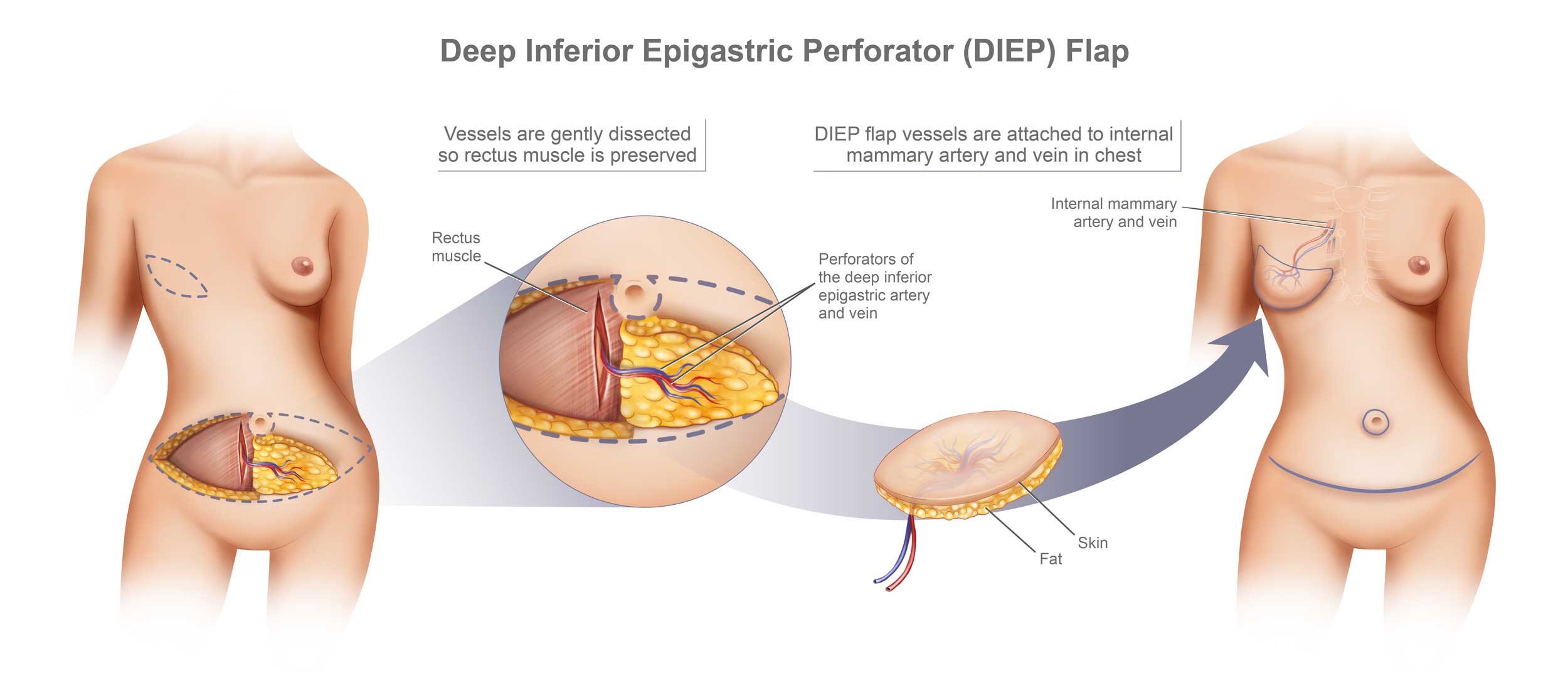DCIS Breast Cancer Reconstruction Explained By Dr. Joshua L. Levine

DCIS Breast Cancer Reconstruction | Intro
Many woman researching their options for DCIS Breast Cancer Reconstruction have been told they are too thin for natural tissue reconstruction, or are encouraged to elect for breastimplants.
DCIS or ductal carcinoma in situ is a type of breast cancer which has not passed through the basement membrane of the duct. It is considered to be an early-stage cancer because theoretically it has not spread to other parts of the breast or other parts of the body. Despite its early stage, it could still be dangerous, and it may be recommended that the patient undergo mastectomy.
This is because there may be other areas that have not been identified by a biopsy that are already invasive. Even if those such areas do not exist, it is important to remove the DCIS before it becomes invasive. Removal of the breast is called mastectomy, and after mastectomy the breast will be remade or reconstructed.
DCIS Breast Cancer Reconstruction | Options for Breast Reconstruction
There are many options for breast reconstruction including implant reconstruction and different types of flap surgeries. Flap operations are called autologous tissue reconstruction because they utilize the patient’s own body tissue.
The most sophisticated way to remove a patient’s body tissue is with procedures called perforator flaps. Perforator flaps allow surgeons to remove extra skin and fat from areas of the body where there may be redundancy without destroying the underlying muscle in these areas. Perforator flaps are considered the gold standard for breast reconstruction.
DCIS Breast Cancer Reconstruction | DIEP Flap
True muscle-sparing Techniques
The most common perforator flap for breast reconstruction is the DIEP. This procedure uses the patient’s own extra skin and fat from the lower abdomen to reconstruct the breast. The advantage of the perforator flap is that the skin and fat is removed without any muscle sacrifice. This is a significant distinction from the muscle based flaps like the TRAM.
In all perforator flaps only the tissue that is needed for breast reconstruction is taken from the donor site. This necessary tissue consists only of skin, fat and the perforating blood vessel that supplies it. Each of these operations is named according to that perforating blood vessel.

Click image to see enlarged pop-up
Dr. Joshua L. Levine, MD FACS
World Leading Authority in Perforator Flap Breast Reconstruction
Based in New York, New Jersey, and Connecticut

Dr. Joshua Levine is a world-renowned perforator flap breast reconstruction surgeon. Meaning, all of his breast reconstruction procedures, are muscle-sparing, using only your own natural tissue to restore your breast(s). He operates out of top cutting-edge and award-winning hospital facilities in New York, New Jersey, and Connecticut, alongside a hand-selected surgical team that matches his expertise. He’s been pioneering advancements in the field of perforator flap breast reconstruction since the beginning of his career in 2004, and has completed over 1,700 successful reconstruction procedures.

Nelly K.
Dr. Levine Has restored what cancer took from me. He is caring, compassionate and a true artist. It is virtually impossible to tell that my breasts are not my ‘originals’

![]()

Rena H.
Dr Levine is an outstanding Doctor. He is a wonderful human being and a highly skilled surgeon. My results are nothing short of miraculous. There is no one like Doctor Levine. He is an artist and a true professional.

![]()






